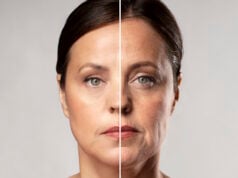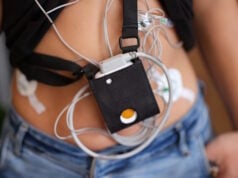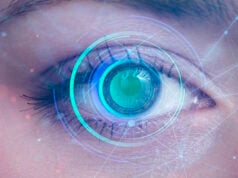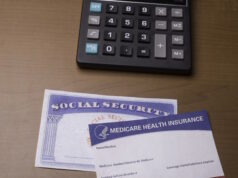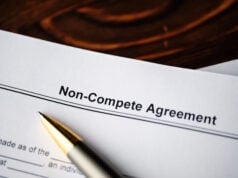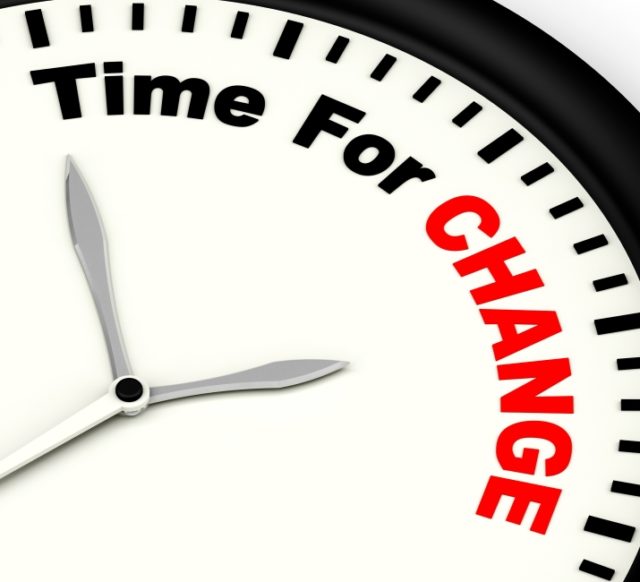
Daylight savings time has some unexpected consequences. Tony Spitz has the details.
A train hurtled around a corner at 82 mph, eventually coming off the rails and killing four passengers.
Decades earlier, faulty decision-making resulted in the deaths of the seven-person crew of the Space Shuttle Challenger.
Years before these events, a stuck valve regulating the supply of coolant to a nuclear reactor nearly resulted in the meltdown of a nuclear plant in Pennsylvania. In each of these cases, poor or inadequate sleep was one of the factors that contributed to the failure.
Even if you are not an engineer working in one of those contexts, the odds are pretty good that you occasionally get a poor night’s sleep. In fact, over one-third of American adults sleep less than the suggested minimum seven hours a night and two-thirds of American teens sleep less than their minimum recommended eight hours. Even for those with good sleep hygiene, there is one time of year when you are likely to be short on sleep—the annual shift to daylight saving time.
As an organizational psychologist at the University of Oregon, I have examined a variety of ways in which sleep affects employees. In particular, my colleagues and I investigate how circadian misalignment caused by the shift to daylight saving time leads to costly work and social outcomes.
Video by Buzz60/Tony Spitz[/vc_message]



